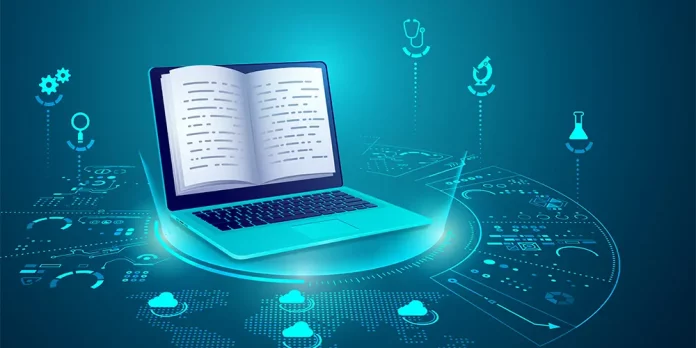Today, most educational institutions have unlimited resources to utilize in the curriculum system to make students more engaged in learning. The technological revolution caused a massive boom among young learners, enabling them to participate in classes from different parts of the world and gain valuable knowledge and experience. Thus, if you reside or travel around Europe but want to take courses at the most prestigious university in America, you can easily enroll and accept a complete material package to maintain your academic education. Consequently, technologies become helpful in many other ways, especially when students genuinely need specific qualifications and look for simple steps to succeed in their academic endeavors.
But are technologies always so helpful in productive studying? Here, you will find the advantages and downsides of modern gadgets being incorporated into college lives. Considering the following factors, you can determine which techniques would be appropriate for your practical learning and which ones to avoid to decrease failure and mistakes in the studying process.
Advantages of Technology in Education
First, you will get acquainted with the pros of excellent tech tools that help people proceed successfully with their studies. With such remarkable modern instruments as tablets, computers, projectors, and other gadgets, learners communicate and collaborate with each other quickly and effectively, cooperating with the teachers remotely while sharing their ideas. With the advanced technologies, some students eagerly utilize professional writing services that help them cope with an immense amount of homework that teachers assign. Visit site Essaymasters.ae if you need an affordable paper-writing aid to manage all your classes successfully.
1. Great Access to Information
Technology makes education very accessible. There is no need to spend your time attending different libraries and wandering about bookshelves in search of specific books. Now, you can use the Internet without going outside and traveling long distances to college and back home. You can research and find any information online, enabling students to tap into vast amounts of data on different topics simultaneously without wasting time.
2. Engaging Learning Experience
With modern gadgets, people get an incredible opportunity to reach each other within thousands of miles to participate in great discussions. Thus, technology can stimulate learners to study without a sense of abandonment and neglect. The more students interact in particular online discussions, the more interest arises for the next brain-storming and talking, which makes the learning process exciting and engaging.
3. Personalized Learning
Technologies effectively provide learners with new styles and academic techniques that suit anybody individually. With personalized feedback, a college person can get the necessary help to improve their grades and academic performance. Thus, teachers can connect to every student in the class to examine the results and assist in any educational matter.
4. Preparing Learners for the Real World
One of the most significant advantages modern technology can offer is the opportunity to use gained abilities in your future career. Thus, immersing in technology from the beginning of your educational process unlocks the door to various types of career and professional activities such as computer science, digital art, or game design.
Disadvantages of Using Technologies in Studying
Along with some pros of technology, there are some cons of modern tech influences, which can make student struggle with their academic progress. Here, you will find the main drawbacks to help you choose an adequate learning method and work on adapting to new approaches offered by your educational institution.
1. The Cost
One of the reasons some students refuse to incorporate the newest technologies is the high cost of their production. Thus, some colleges and universities can limit the usage of high-tech lessons and tools, limiting opportunities for young people to grow specific skills and knowledge.
2. Unreliable Information
We all have excellent access to any information we require, regardless of our degree and qualifications. However, only some resources can be trustworthy or meaningful. Thus, ensure you utilize the classes with reputable materials that provide reliable information and proven data. In order to avoid confusing and biased sources, work from ready-made websites or platforms created specifically for students of your academic institution.
3. Distractions
What can be more distracting and bothering than searching the net? Especially when you have plenty of homework to do. The occasional social media checking can prevent and disturb the whole productive process. Of course, you can use special tools to block the distracting web pages while concentrating on your class topic. However, it doesn’t prevent you from roaming on your other device for exciting news or reels suggested by your personalized video feed.
4. Technology Can Break
One of the most common disadvantages of using high-tech devices in education is their ability to break or distort the learning process. The glitches that follow some homework applications can prevent effective studying. Besides, such online failures and distortions can add more stress to student’s life. That’s why it is essential to have a backup plan to manage all the assignments on time.
Conclusion
Choosing the educational system with or without particular technology elements is up to you. However, balancing innovative educational technology with excellent classroom teaching may be a good solution for those seeking a student-friendly and creative learning environment.



































